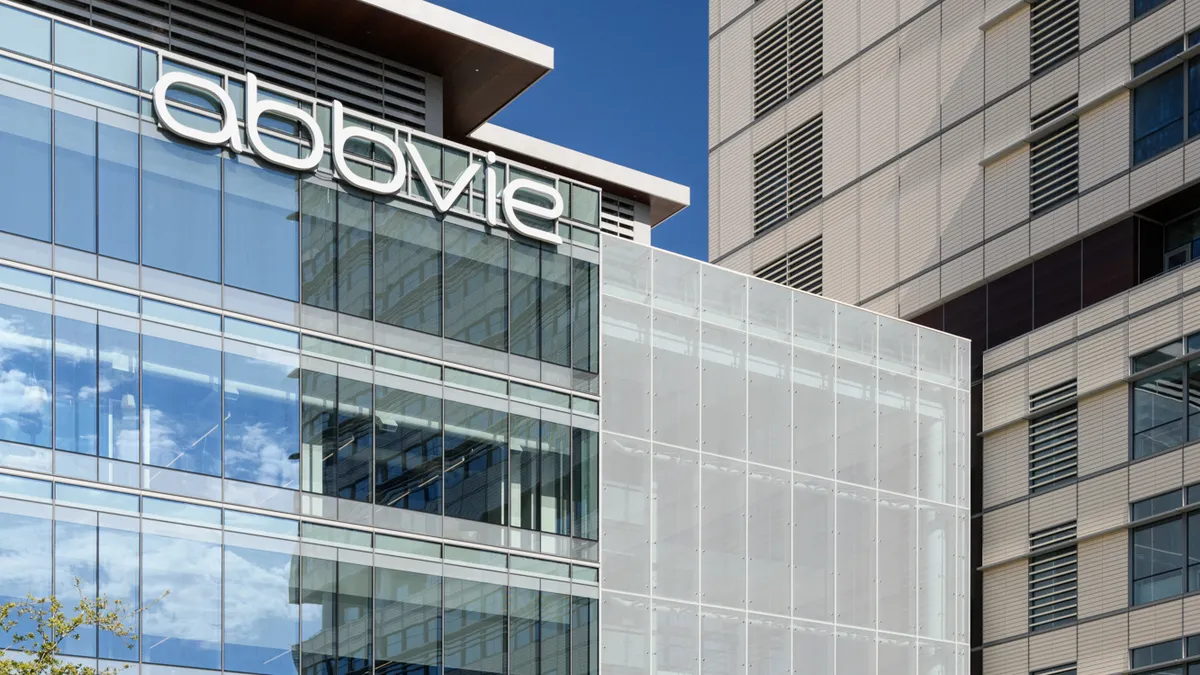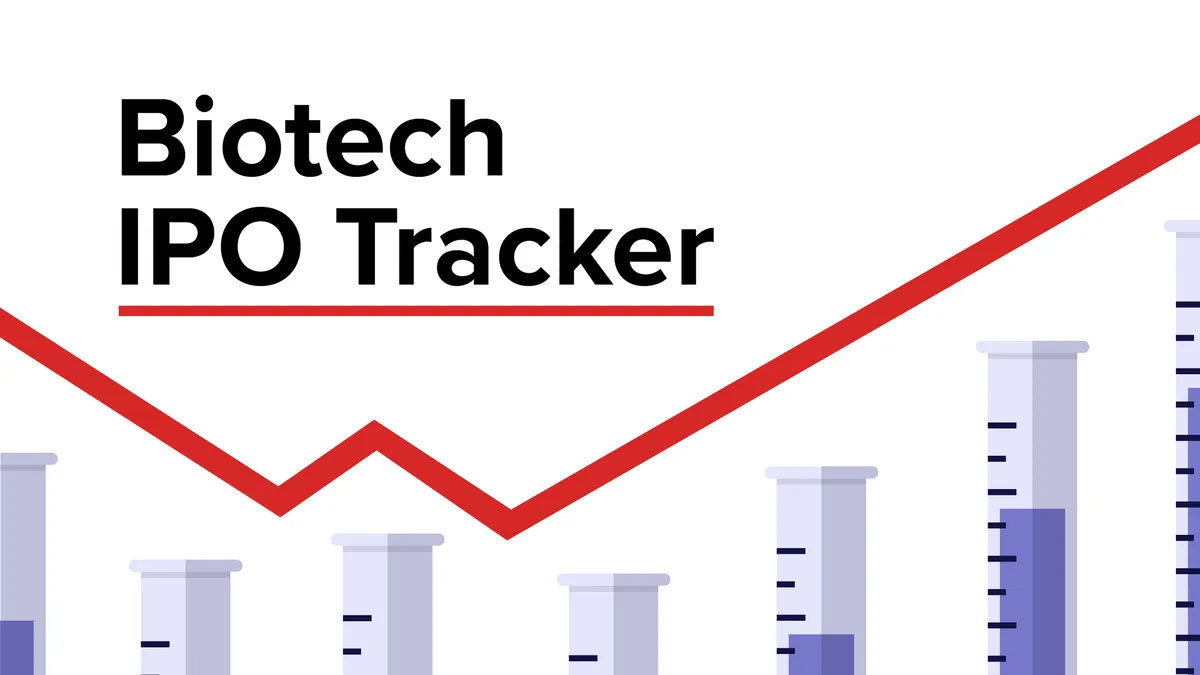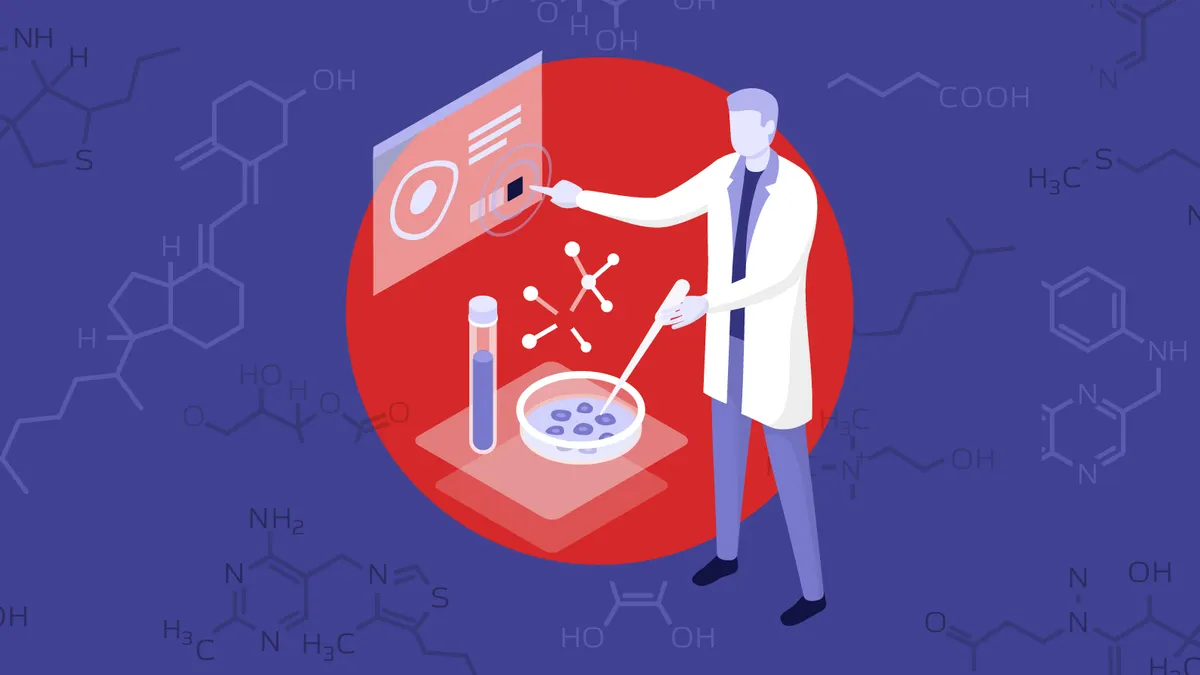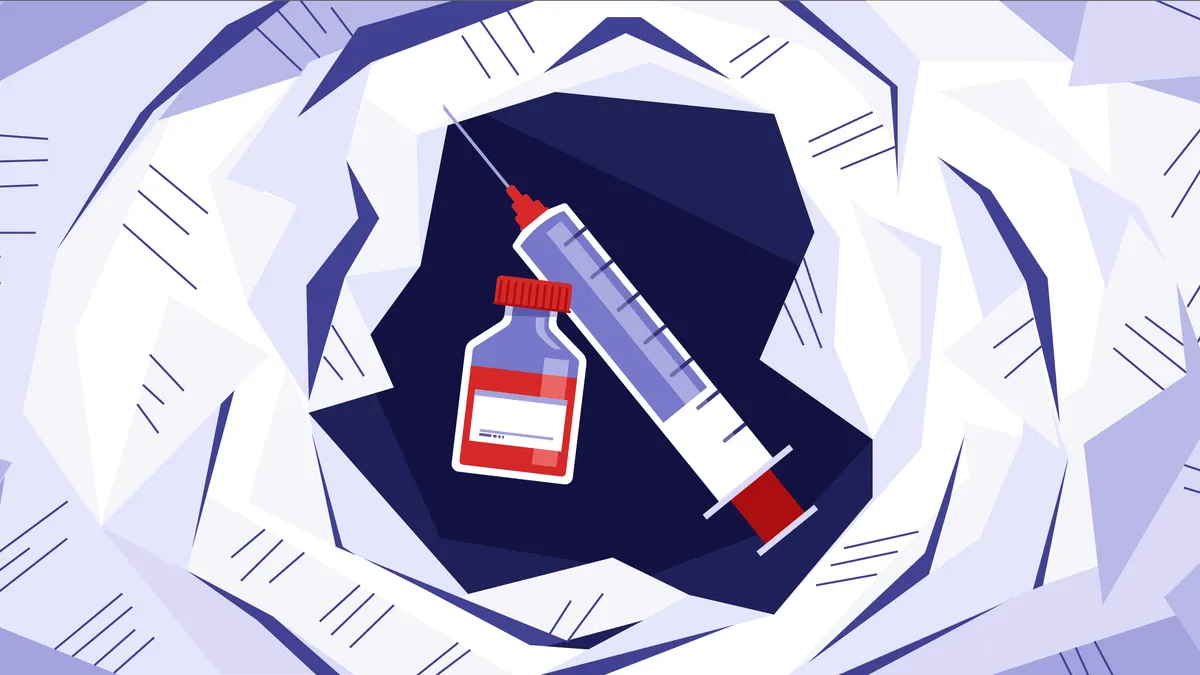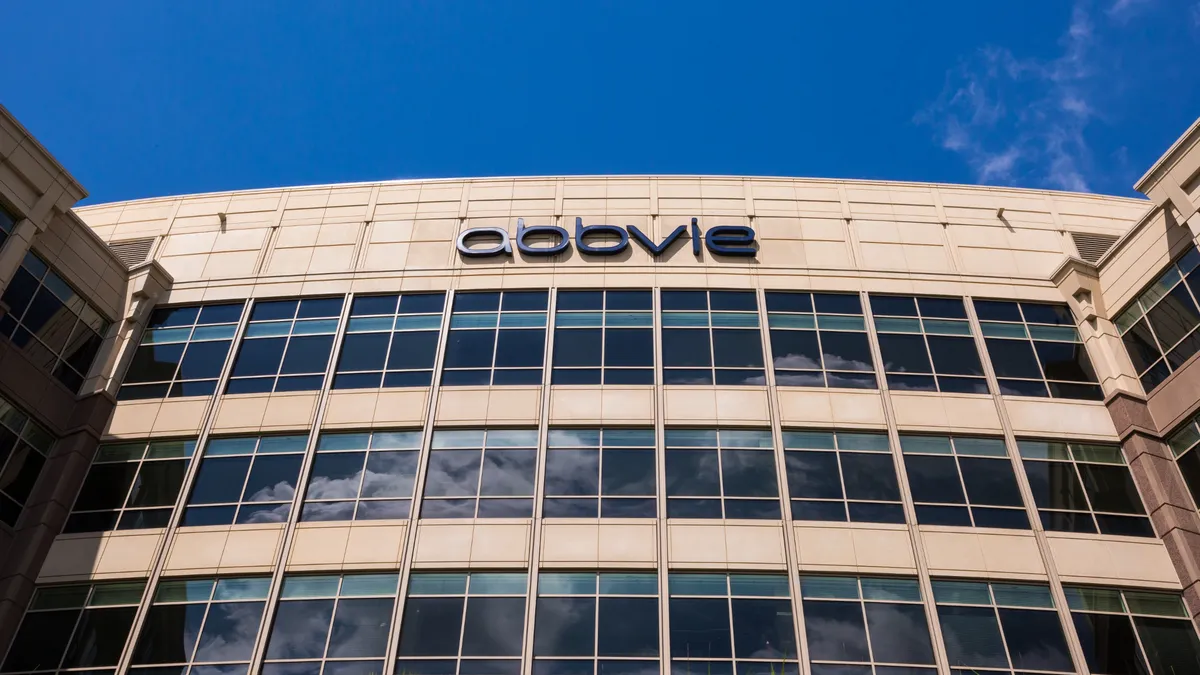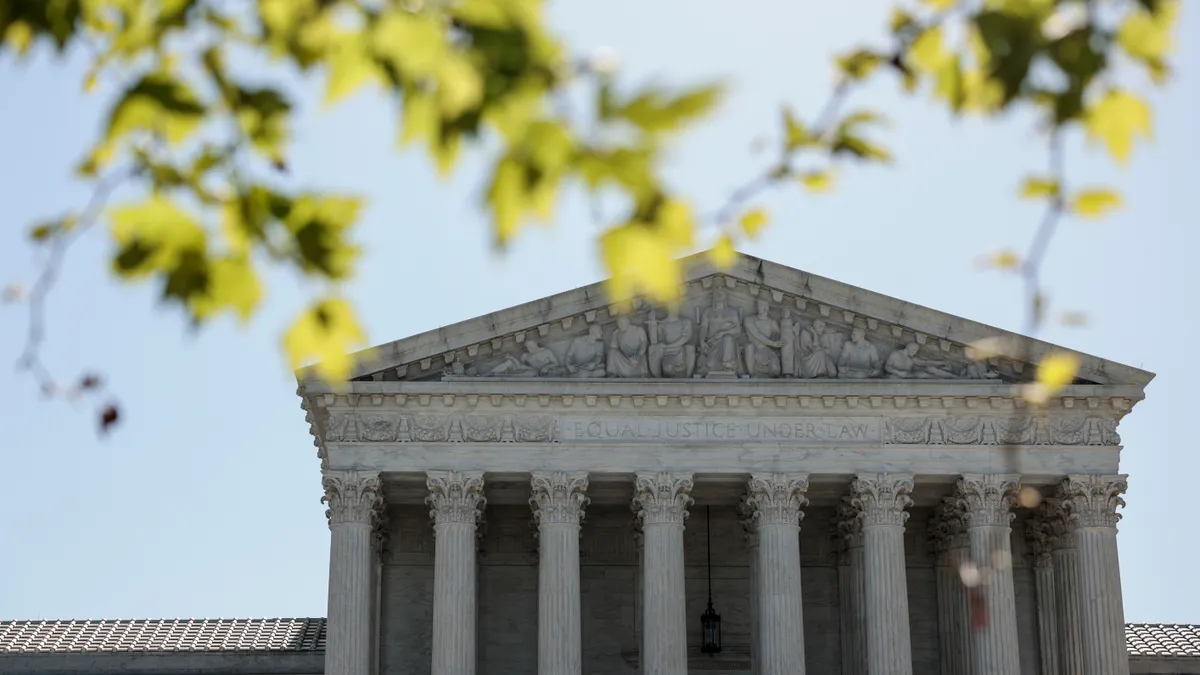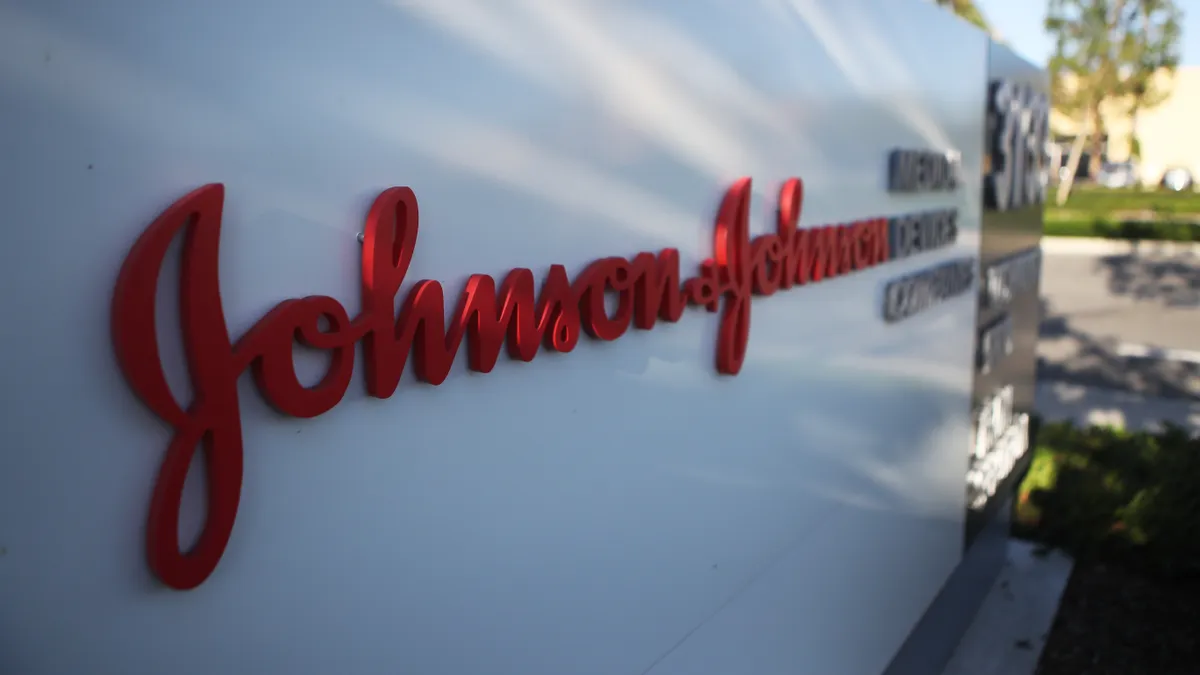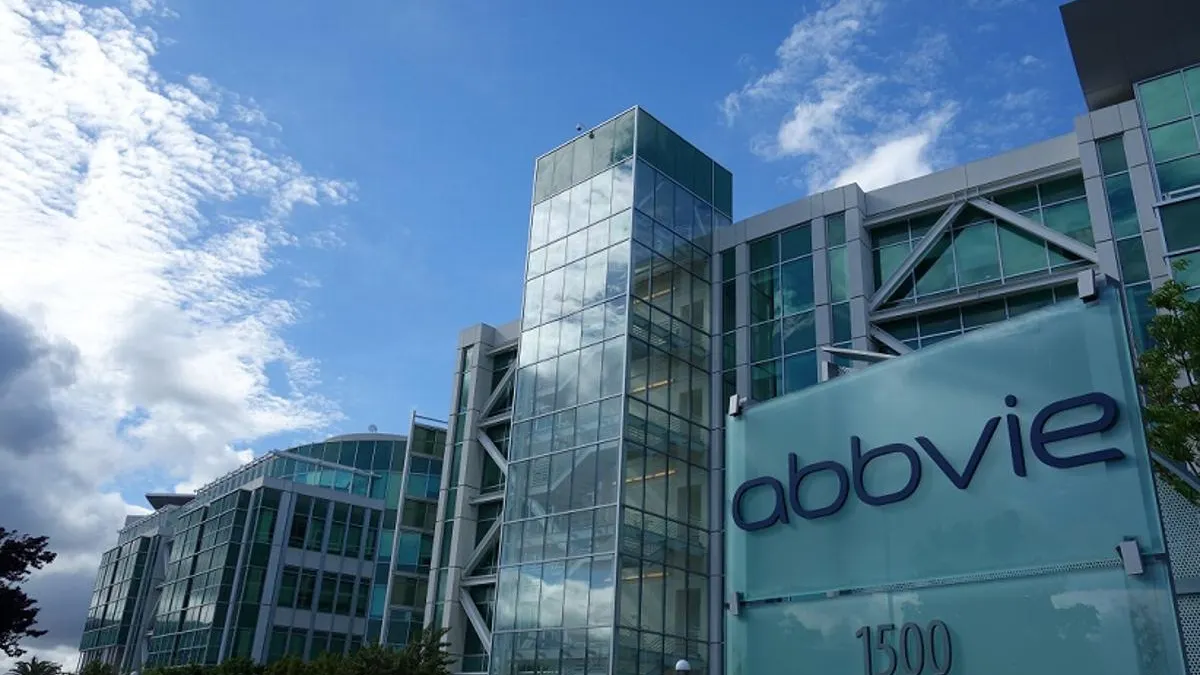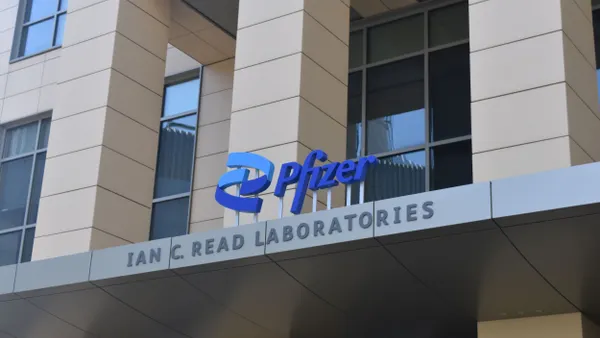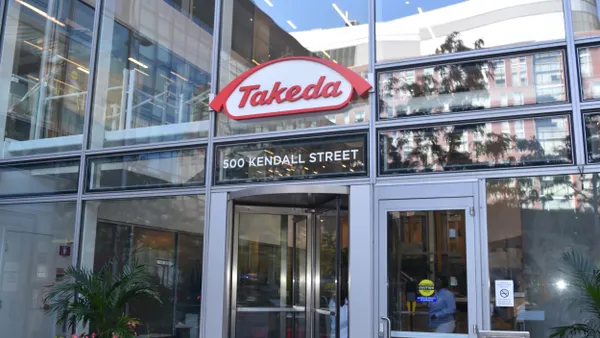At the start of the last decade, big pharma was getting smaller. Blockbuster medicines that had fueled years of growth were losing patent protection, exposing the industry’s largest companies to generic competitors. The resulting impact was so substantial it temporarily stalled the relentless upward march of U.S. drug spending.
Today, big drugmakers are facing an even larger “patent cliff,” with more than $200 billion in annual revenue at risk through 2030. But this time around, many of the brand name drugs losing market exclusivity are biologic products, manufactured from living cells, rather than the chemical pills that previously dominated the ranks of pharma top-sellers.
These biologic drugs, like AbbVie’s anti-inflammatory treatment Humira and Merck & Co.’s top-selling cancer medicine Keytruda, will face competition from so-called biosimilar drugs that, unlike generics, may not be as easily substitutable. Still, it will be a treacherous period for drugmakers to navigate, as they will need to replenish their research pipelines and carefully manage new product launches to replace lost revenue.
“This is of tectonic magnitude,” Arda Ural, health sciences markets leader at the consultancy EY. The looming patent expirations "capture most blockbusters," he added.
Besides Humira and Keytruda, drugs like Bristol Myers Squibb’s immunotherapy Opdivo, Johnson & Johnson’s immune disease medicine Stelara and Regeneron’s eye treatment Eylea will reach the end of their patent protection this decade.
The launch of Amgen’s copycat version of Humira last month represented a start of sorts for this looming industry-wide patent cliff. Nine other Humira biosimilars are set to arrive by mid-year. As a result, U.S. sales of the drug, which totaled $18.6 billion in 2022, are predicted to steadily shrink.
A different sort of cliff
The pattern of sales decline for Humira and other blockbuster biologics like it is expected to be different for several reasons, though.
Many biosimilars won’t be interchangeable, or directly substitutable, by pharmacists, for example. Physicians, meanwhile, may be reluctant to switch patients who are stable on the branded drug, meaning that initially it will be newly diagnosed patients with chronic diseases who are most likely to receive biosimilars. And because biosimilars are more expensive to develop and make, their manufacturers won’t be able to afford cutting prices by nearly as much as with generic pills.
“If you track the sales of a typical small molecule that goes generic it really goes off the cliff — 80% of the market can be gone in 30 to 90 days and the price goes down even more,” said Richard Kelly, a senior partner with the law firm Oblon, McClelland, Maier & Neustadt who specializes in life sciences intellectual property.
“[Biosimilars] have to be sold,” he added. “[Salespeople] have to go around to the doctors to sell a drug. It’s just another product in the detail-man’s bag.”
Take the statin Lipitor, once the world’s most lucrative drug. Sales fell from nearly $11 billion in 2010, the year before it faced generics in the U.S., to $4 billion in 2012. Pfizer’s overall revenue fell from $68 billion to $59 billion over the same period.
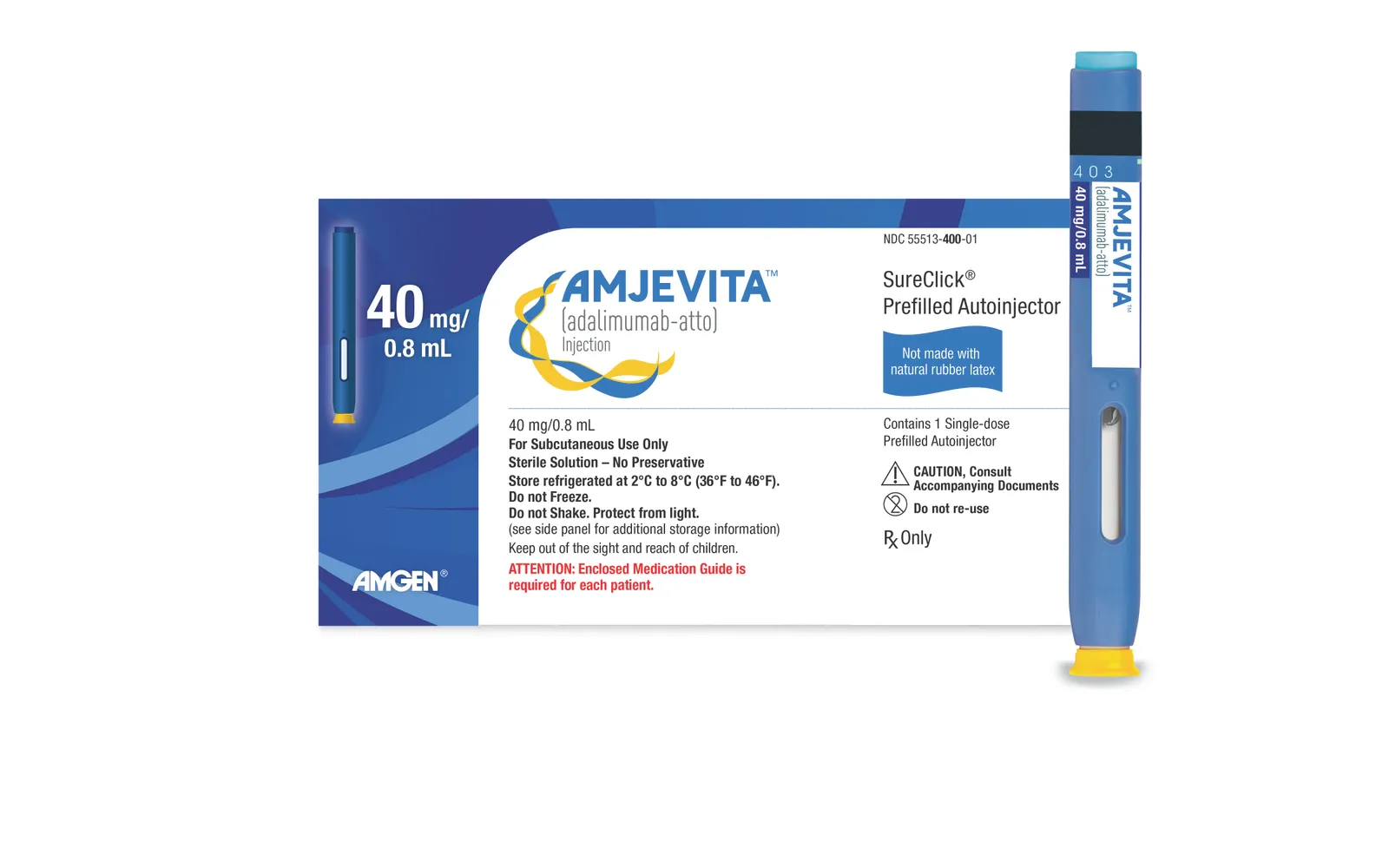
In the case of Humira, the fall is expected to be more gradual, with the company forecast to retain more than one-third of its 2022 U.S. revenues in 2024 and hold onto more than $2 billion through 2030, according to Evaluate Pharma.
The impact will be felt, nonetheless: AbbVie and analysts alike expect company-wide revenue to fall for at least a year because of Humira competition. And AbbVie executives recently indicated sales are likely to be sluggish in 2024, too, walking back earlier predictions that the company would see a return to growth then.
Humira’s sales erosion will be closely watched throughout the industry as executives and investors try to understand the long-term effects of biosimilar entry. Early biosimilars didn’t impact prices the way that payers and lawmakers had hoped, in part because there weren’t many of the copycat drugs. (While 40 biosimilars are now approved in the U.S., only 26 are available on the market.) Branded drugmakers also successfully used contracts and rebates to stave off competition.
However, analysts and industry experts believe the sheer number of Humira copycats and the entry of interchangeable products will allow them to take share from AbbVie.
The chief question facing AbbVie is how quickly it can recover through two replacement products: Skyrizi for psoriasis and Crohn’s disease, and Rinvoq for rheumatoid arthritis and several other inflammatory disorders. The company has upgraded its forecasts for both drugs, which it now says will earn $21 billion combined in 2027, approximately equalling Humira’s peak sales.
One major reason Humira achieved its massive sales was the many different autoimmune disorders for which it gained approval. With follow-on biologic drugs, however, the incentives to do so may be limited by the Inflation Reduction Act, which gives the federal government the power to negotiate lower prices within Medicare, said Mara Goldstein, Mizuho Securites’ senior biopharma analyst.
“We’re living through this real time and it’s a little challenging,” she said. “Does it truly create a disincentive to develop indications? Will companies continue to invest in new clinical trials right up to patent cliffs? How does [the law] change the value of dollars invested over time?”
New lessons to learn
AbbVie followed the lessons of the previous patent cliff by merging with Allergan in a 2019 deal that gave it enough new revenue to withstand the expected erosion of Humira's sales. Its approach was similar to large pharmaceutical companies’ strategy ahead of the 2010s patent cliff, which spurred the megamergers of Pfizer with Wyeth and Merck with Schering-Plough.
Megamergers might not be the answer this time, however. For one, current pharma executives have expressed reluctance to do big deals because of the complexity of combining two companies. There is debate, too, over the effects such deals have on market valuation and R&D productivity afterwards.
Another reason is that, after years of industry consolidation, there are not many major large drugmakers left as attractive merger targets. Those that remain have patent cliffs of their own, Goldstein said.
Instead, the hunt for new products will either be in big drugmakers’ own laboratories or in those of smaller biotechnology companies. By having two successor blockbusters already in waiting, AbbVie has shown it can execute on the former approach.
Yet, across the industry, big drugmakers’ “R&D productivity is not necessarily corresponding to the R&D investment,” Ural said. R&D productivity and returns have, with a few exceptions, steadily declined each year over the past decade, according to data from both IQVIA and Deloitte.
Meanwhile, in biotech, “there may not be enough assets out there,” Ural added. “It’s going to be a fight for established assets, of which there aren’t that many.”
That fight will be fueled by large cash holdings. Jefferies analyst Michael Yee estimates big drugmakers have $500 billion in cash to spend on acquisitions and other pipeline-building transactions. Small and mid-sized biotechs have simultaneously seen their valuations drop, limiting their financial options, Yee wrote in a Feb. 5 note to clients.
The experimental drugs large pharma companies chase, through acquisition, licensing or inside research, might need to be different, too. They could find advantages in development platforms that can generate multiple new medicines like messenger RNA, gene editing or next-generation antibody technology, or in drugs that have promise across multiple indications.
Humira-sized blockbusters may become harder to achieve, though, which will change how drugmakers develop and commercialize new products, said Bill Coyle, global head of biopharma at consulting firm ZS. AbbVie, for example, needs two drugs — Sykrizi and Rinvoq — to replace sales of Humira.
“I think we’re potentially entering an era of fewer blockbusters and a lot more smaller products,” he said. “The other shift for many of the big pharmas is that their cadence of launch needs to be more efficient and frequent. They need to become more effective launchers of new assets.”
Patent thicket-ing
For drugs further from patent expiration, extending the date of generic or biosimilar entry through the construction of a “patent thicket” is another tactic drugmakers are pursuing. By surrounding Humira with dozens of patents in the U.S., for example, AbbVie pushed off biosimilar entry by seven years after the drug’s principal patent expired.
Others in the industry are seeking to do the same. Merck is testing a subcutaneous version of the intravenous Keytruda, which could potentially merit a separate patent and extend its market exclusivity by years.
A trial of subcutaneous Keytruda in lung cancer is due to deliver results this spring. While subcutaneous Keytruda would likely still be delivered by physicians, it could be more convenient. “It’s not the same as having to get an IV, where you have to sit in a chair for an hour or two,” Kelly said.
Other drugmakers sought to push out the entry of biosimilars using this strategy, including Johnson & Johnson with its multiple myeloma medicine Darzalex and Bristol Myers with its Keytruda rival Opdivo.
Already, Bristol Myers has benefited from such intellectual property practices with its medicine Revlimid. The blood cancer drug’s exclusivity was protected by patents held by its original developer, Celgene, that were strong enough to keep most generic competition at bay through 2026. That will give Revlimid, a small molecule drug, a pattern of sales decline that looks more similar to biologic drugs, at least for a few years.
Tahir Amin, founder and executive director of the Initiative for Medicines, Access & Knowledge and a critic of pharma companies’ intellectual property practices, said he expects drugmakers with approaching cliffs to use late-earned patents to delay competition.
Striking limited distribution deals with copycat drugmakers, as Celgene did with Revlimid, could also be a tactic to stave off government drug price negotiation, because the Inflation Reduction Act limits that authority to only those products with no competition.
“At the end of the day the patent system is going to define how they shape the market,” he said.



